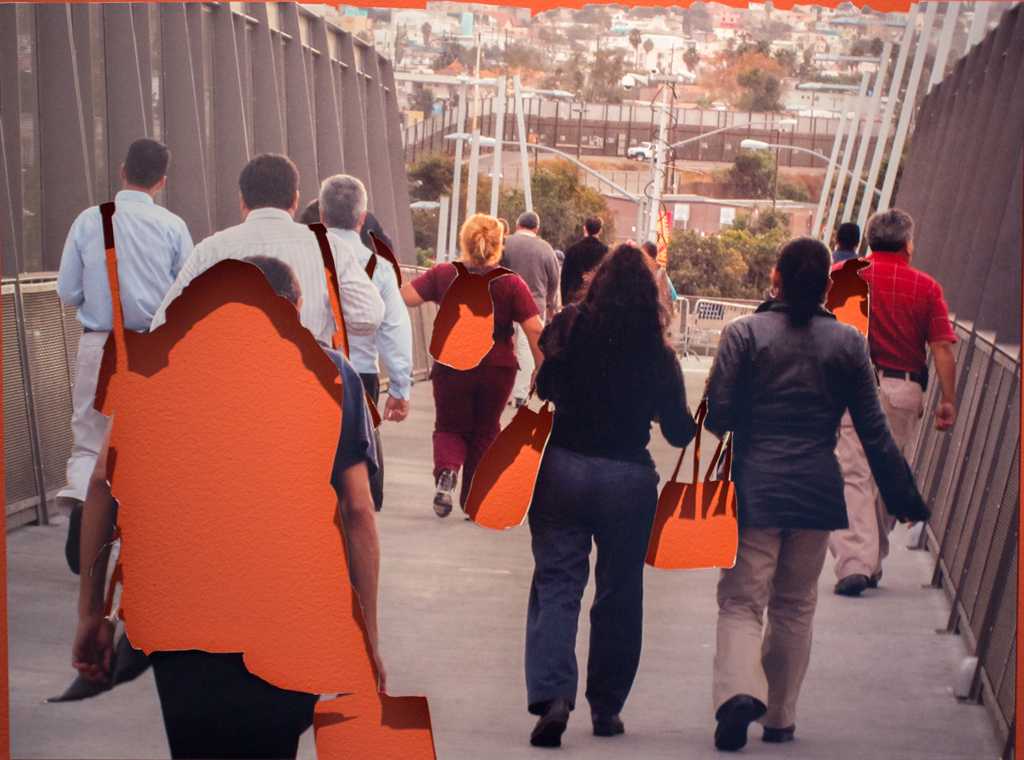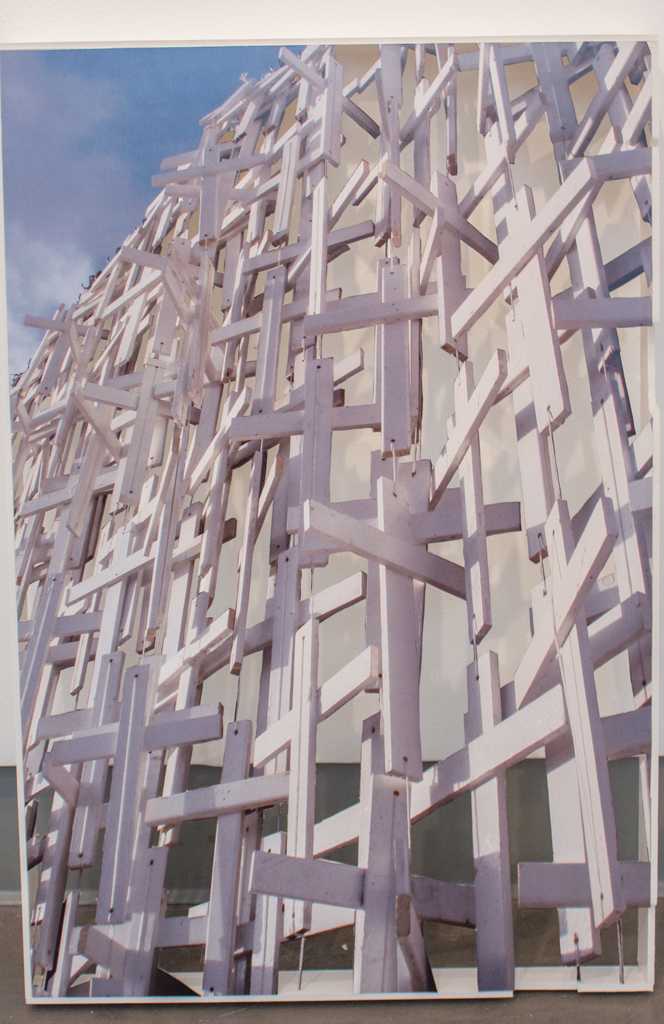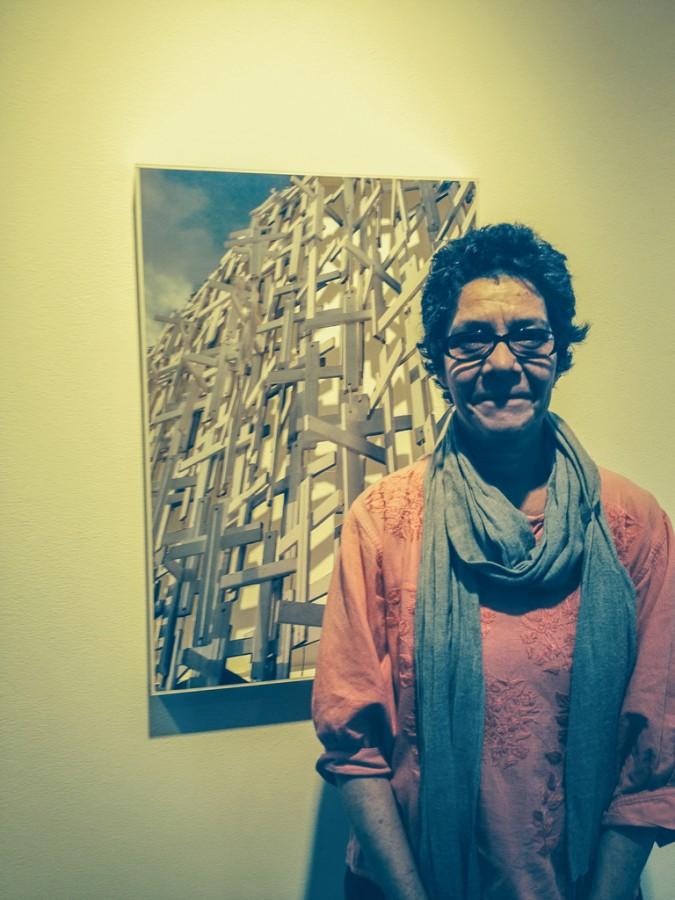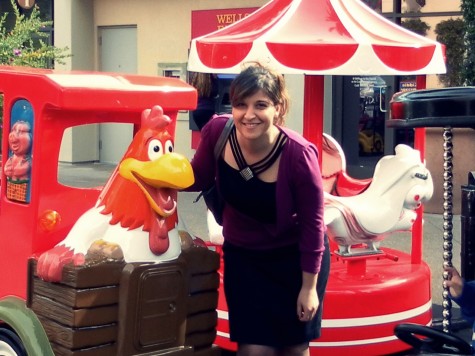
Mesa College Art Gallery welcomed everyone during the month of October to the “About the Fence” exhibition. The Gallery focused on the border fence that separates Mexico and the U.S. This was the inspiration for photographer Carmela Castrejon, because she experiences the duality of life between San Diego and Tijuana. Castrejon’s work included assemblages that combined images, pictures without frames, recycled frames, etc. The pictures without frames represents what the artist considers stories that continue. Giving a strong emphasis that, events that happen in the past complement the ones from the present.
In the Art Gallery, both black and white pictures are presented, representing cultural and social problems that resonate on both sides of border.
One piece of the artists work is “The Reconstructions.” A fragmented frame which represented the border, conveyed to the gallery attendees, her desire to break the boundaries set between two nations. In another piece Castrejon’s, cut pictures and sewed them together, creating a sense of interconnections of the past with the present. One of her pieces is two pictures that are layered on one another, the piece is titled “Woman Knitting.” The image is of brittle but tough hands of an indigenous woman, who is weaving a patterned fabric together; however right underneath the initial image is a stark portrayal of the border. The work is displayed in a frame that is broken representing the desire to break the limits of the border. Castrejon explains in her native language Spanish, that her desire to use broken frames in the following statement. “Working with broken frames to me, is to free the limits of the pictures, as well as what we should do with the border.”
“Presentes” is another digital work from the artist; she wanted to project the shadow of the crosses over the walls of the gallery. Castrejon wanted to remember the presence of those immigrants who died while trying to cross the border. Illustrating the desperation of the people that were ready to pay the highest price, with the hopes of getting to a country with more opportunities for them and their families. Castrejon identifies that the problem of borders is an international problem. “ What is happening with the borders is not only in Mexico. It is a global problem. The border is a ‘frame’ that needs to be broken.”
“Decompresión” showcases the feelings and the pressure of those who are crossing the border. They start their journey with an immense intensity as they are heading north to cross, but when crossing back to Tijuana, the weight of the world is stripped as they make their way back home.
The exhibition in itself transmitted the profound suffering of those people who are fighting for a better life, for all the immigrants and people who could not cross the border. It also showed factual problems of what is happening now. This issue is global; it needs to be resolved for the safety of societies as a whole and the betterment of humanity.



